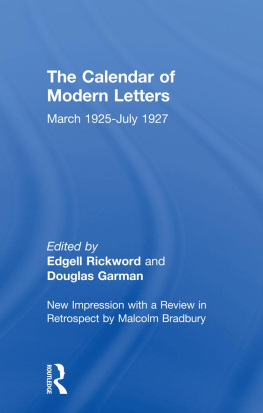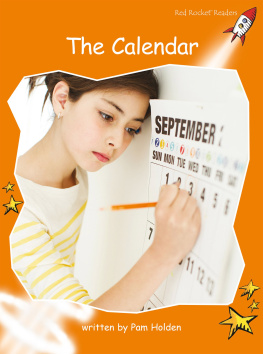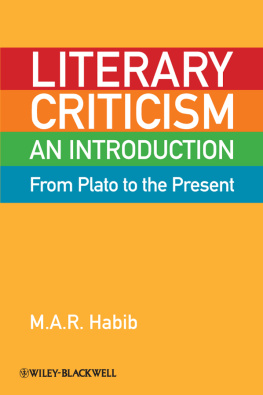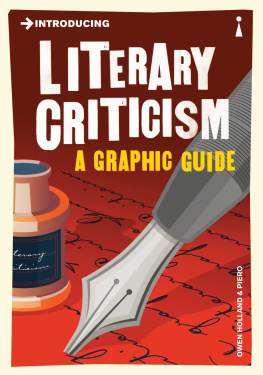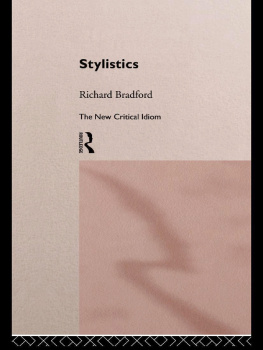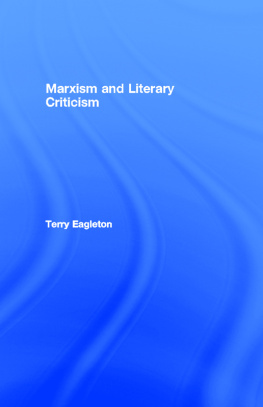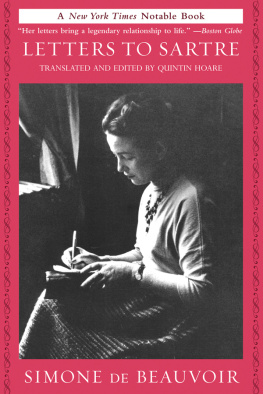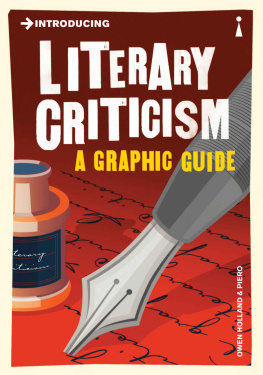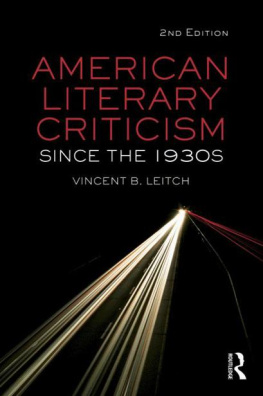A REVIEW IN RETROSPECT*
THE three great literary reviews of the 1920s were The Criterion, The Adelphi and The Calendar of Modern Letters. Of these, the last-mentioned was in many ways much the best, yet it is certainly the least remembered. In 1933 Dr F. R. Leavis edited a selection from its pages, entitled Towards Standards of Criticism; he remarked, in his introduction, that the review had commanded the services of half a dozen really distinguished critics, each one better than any that finds frequent employment in existing periodicals and he compared the review with The Criterion, remarking on its superior liveliness and its greater critical excellence. Moreover, there was in the founding, in 1932, of Scrutiny a strong and conscious debt to The Calendar, and perhaps it was the sense of the gap left by the demise of the paper that stirred Scrutiny into life. When The Calendar died there was left no periodical concerned for the moral and cultural enrichment of literature and none devoted to the exposition of serious critical principles. The Criterion, while the most serious and intelligent of contemporary journals, did not seem to the editors of Scrutiny to be performing the service required of a literary periodical at this time, and indeed that review never consolidated the distinguished statements on critical matters which Eliot had contributed to its pages early in its career. Thus The Calendar, which appeared between March 1925 and July 1927, was able to spread its influence much more widely than its present lack of reputation would suggest. It had much to do with the growth of the modern movement in criticism.
On the whole, the significant activity in the little magazines of the previous decade had been that of accomplishing a literary revolution. The tone of the important journals was avant garde; their circulation was small; they were addressed largely to a bohemian-intellectual reading public. Such criticism as appeared in these magazines tended to be written by literary practitioners, like Pound and Eliot, Ford Madox Hueffer and F. S. Flint, and was very much devoted to what Pound called Making It New. It was reformatory rather than considered; but it offered many critical insights that subsequent critics sought to pursue with greater precision. The twenties were a period of critical revolution. Indeed, it is, perhaps, the development of criticism that forms the most visible advance that has been made in the pages of the twentieth-century literary periodical. By the beginning of the century the play of criticism as a serious discipline that had prevailed in the reviews and magazines of the early nineteenth century had almost disappeared. Time is ripe for the forging of a weapon of criticism, and for the emphatic assertion of literary standards, declared Harold Monro in the first number of The Poetry Review in January 1912, and elsewhere in the same issue of the same periodical the point was made again:
Criticism is always with us, yet it has achieved no consistent method by which the true artist can be distinguished from the false with any reliability no standard of taste has yet proved sufficiently comprehensive to essay correctly the merit of a new poet and relegate him, as the critics still futilely attempt to do, to a fitting rank and station among his peers.
These comments, by Arthur K. Sabin, now seem dated; they seem so not because they no longer apply but because they prescribe, with such freshness, the attempt. Nowadays there is no lack of emphatic assertions of literary standards, and there are enough consistent methods and comprehensive standards of taste to require critical study themselves.
But the criticism of the early years of the century was not, by and large, disposed to treat such problems, or to talk of scientific approaches to criticism; it was all a matter of taste. Some had it and some didnt; this was the implication. It was towards the end of the Great War that signs of development appeared. The Egoist began to print criticism and, more importantly at the time, discussion of criticism by Eliot and Pound; The Athenaeum, in a final burst of glory under the editorship of John Middleton Murry, presented its readers with a succession of book reviews and articles on literature by many of the best minds of the time. With the foundation of reviews like The Criterion and The Calendar of Modern Letters, which not only criticized but submitted to searching examination the positions from which critical standpoints were made, the critical revival was established, and by 1932 it was possible for a review, Scrutiny, to appear whose main concern was the revaluation of the whole body of English literature from a central carefully presented critical viewpoint, which had developed under the stimulus of the critical gains of Eliot, Pound, Murry, Richards and the group of Calendar critics.
By 1920, the old literary establishment had been more or less ousted by the younger generation that had been coming into prominence since about 1910. Lawrence, Eliot, Pound, Joyce, Katherine Mansfield, Norman Douglas, Wyndham Lewis, Middleton Murry and many others had established themselves over this period; and in 1924 there appeared in print T. E. Hulmes posthumous volume of essays. Speculations, which consolidated many ideas which had been active among writers over the previous two decades. In The Criterion (XVI, 65) for July 1937, T. S. Eliot remarked, in one of his Commentaries:
The period which may be said to have begun about 1910 had its own critical requirements which were not those of a general assessment of the literatures of the past. What was needed was a critical activity to revise creative writing, to introduce new material and new technique from other countries and other times. The accomplishment of the Imagist movement in verse seems to me, in retrospect, to have been critical rather than creative; and as criticism, very important.
But, he adds, the period after the war seems to him one of less lively interest in the problems of creative writing, one more concerned with esthetics in general, and with psychology. For this period, the psychological subtleties of Mr I. A. Richards, and the more general and increasingly political aesthetics of Mr Read seem to provide what is desired.
The catch-word of the post-war period was Hulmes word, classical, with its distrust of the metaphysical attitude and the infinite view. The Criterion, The Calendar of Modern Letters and Scrutiny were all classical in tone, opposed to the Romanticism of Murrys The Adelphi and the Dionysianism of Jack Lindsays London Aphrodite. For The Calendar, the word classicism had a specific context the characteristics of a healthy criticism wrote Bertram Higgins are invariably classic, tending towards an ever greater rigidity of principle, organizations more explicit, and the canalization of the wide, shallow stream of taste. But it was not classicism as the

